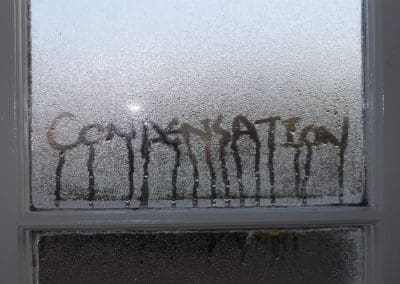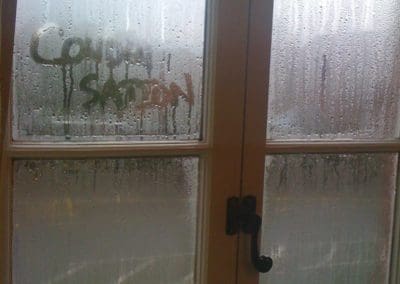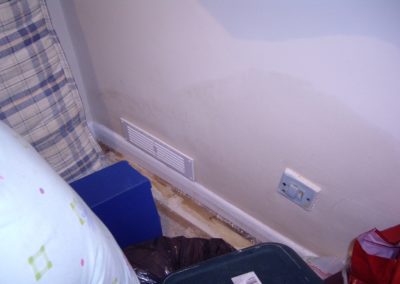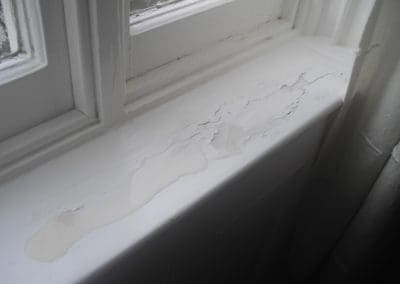Condensation and Mould Problems
Adequate ventilation in a property is essential for the wellbeing of the occupants and the fabric of the building. This is reflected in current building regulations which require “adequate means of ventilation provided for people in the building.”
The most common consequence of poor ventilation is condensation. Condensation occurs when moist air comes into contact with a surface that’s below its dew point. The air cools and can no longer hold as much moisture, which condenses on the surface and forms condensation. Condensation can be a problem in new and old buildings.
Get in touch with us
For further information get in touch with Biocraft:
Signs of condensation
The most common signs of condensation include:
- Streaming windows and condensation forming on windows
- Condensation water pooling on window sills
- Damp walls with no ‘tidemarks’
- Damp and mould patches
- Mould in corners of rooms
- Mould behind furniture
- Mildew on clothes and furnishings
- Musty and damp smells
- Mould in the corner of the lounge
When does condensation occur?
Condensation usually occurs between October and April when outside temperatures are lower than inside. Energy efficiency measures such as double glazing and draught-proofing have increased the occurrence of condensation and black mould in modern homes.
Why does condensation occur?
Condensation occurs when moisture in the air forms water droplets on cold surfaces like windows or outside walls. The moisture comes from a number of sources within the home including cooking, bathing, breathing, washing and drying clothes. A five-person household can generate about 10kg of water every day.
What are the effects of condensation dampness?
Excessive condensation can lead to black mould growth, spoiling of decorations and damage to fabric items. Condensation and mould growth can also cause unpleasant odours, further reducing the air quality.
Should I use a dehumidifier or anti-condensation paint?
Dehumidifiers are frequently used for the control of condensation. Although they can provide relief from excessive condensation, they should only be considered a temporary measure. Dehumidifiers are costly to run and require frequent emptying. Along with anti-condensation paints, they simply treat the effects without removing the cause.
How can I prevent condensation?
Condensation occurs when heating, ventilation and insulation are out of balance. The key to controlling condensation is to address the issues mentioned above.
For more advice on preventing or removing condensation, get in touch with our experts and we’ll be happy to help.





